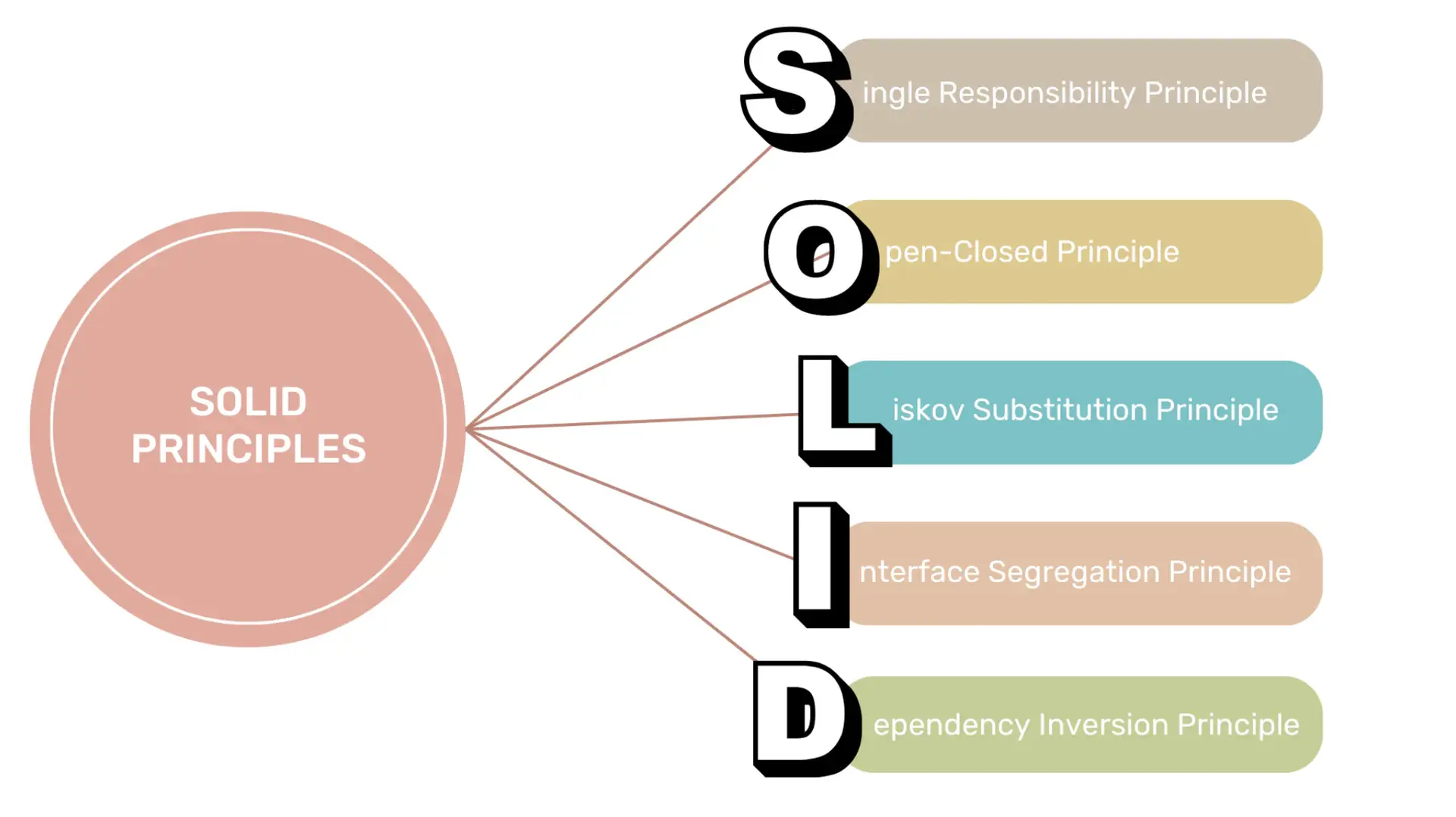Learn about VLAN Trunking Protocol (VTP) and how to enable it on Cisco switches. VTP simplifies VLAN management and improves network performance. Understand the different VTP modes and follow best…
The Nuts And Bolts Of Multilayer Switching

Introduction
Multilayer switching is a crucial technology in modern networking that allows for efficient and intelligent routing of network traffic. It combines the functionality of a traditional Layer 2 switch with the advanced routing capabilities of a Layer 3 router. In this blog post, we will explore the nuts and bolts of multilayer switching, its benefits, and how it works in practice.

What is Multilayer Switching?
Multilayer switching, also known as Layer 3 switching, is a networking technology that operates at both Layer 2 and Layer 3 of the OSI model. It combines the best features of Layer 2 switching and Layer 3 routing to provide fast and efficient packet forwarding in modern networks.
Benefits of Multilayer Switching
Multilayer switching offers several key benefits over traditional Layer 2 switching or Layer 3 routing alone. These benefits include:
- Improved performance: Multilayer switches can make forwarding decisions based on both Layer 2 MAC addresses and Layer 3 IP addresses, resulting in faster packet processing and reduced latency.
- Efficient use of network resources: By utilizing Layer 3 routing capabilities, multilayer switches can make intelligent routing decisions based on network conditions, leading to optimal use of available bandwidth.
- Enhanced security: Multilayer switches can implement access control lists (ACLs) and other security features at both Layer 2 and Layer 3, providing robust network security.
- Simplified network design: Multilayer switches can replace the need for separate Layer 2 switches and Layer 3 routers, reducing complexity and cost in network deployments.
How Multilayer Switching Works
At its core, multilayer switching uses a combination of hardware and software to perform fast and efficient packet forwarding. Let’s take a closer look at the key components and processes involved.

1. ASICs (Application-Specific Integrated Circuits)
Multilayer switches are equipped with specialized ASICs that enable high-speed packet processing. These ASICs are designed to handle the complex tasks of Layer 2 switching and Layer 3 routing, allowing for fast forwarding decisions.
2. Forwarding Information Base (FIB)
The FIB is a data structure used by multilayer switches to store routing information. It contains a list of destination IP prefixes and the corresponding next-hop information. The FIB is populated through routing protocols such as OSPF or BGP, or through static routes configured by network administrators.
3. Content-Addressable Memory (CAM)
CAM is a high-speed memory used by multilayer switches to store MAC addresses and associated port information. When a packet arrives, the switch performs a CAM lookup to determine the outgoing interface for the destination MAC address.
4. VLANs (Virtual Local Area Networks)
VLANs play a crucial role in multilayer switching by allowing the logical segmentation of a network. Multilayer switches can create multiple VLANs and perform inter-VLAN routing, enabling traffic isolation and improved network performance.

5. Routing Protocols
Multilayer switches can participate in routing protocols such as OSPF or BGP to exchange routing information with other routers in the network. This allows for dynamic routing and automatic updates of the FIB, ensuring efficient packet forwarding.
Code Example: Configuring Multilayer Switching
# Enable multilayer switching Switch(config)# ip routing # Create VLANs Switch(config)# vlan 10 Switch(config-vlan)# name Sales Switch(config)# vlan 20 Switch(config-vlan)# name Marketing # Assign interfaces to VLANs Switch(config)# interface gigabitethernet0/1 Switch(config-if)# switchport mode access Switch(config-if)# switchport access vlan 10 Switch(config)# interface gigabitethernet0/2 Switch(config-if)# switchport mode access Switch(config-if)# switchport access vlan 20 # Configure inter-VLAN routing Switch(config)# interface vlan 10 Switch(config-if)# ip address 192.168.10.1 255.255.255.0 Switch(config)# interface vlan 20 Switch(config-if)# ip address 192.168.20.1 255.255.255.0
Conclusion
Multilayer switching is a powerful networking technology that combines the best features of Layer 2 switching and Layer 3 routing. It offers improved performance, efficient use of network resources, enhanced security, and simplified network design. By understanding the nuts and bolts of multilayer switching, network administrators can optimize their network infrastructure and deliver a seamless user experience.
Whether you’re building a small office network or a large enterprise network, multilayer switching should be a key consideration. Its ability to handle both Layer 2 and Layer 3 traffic efficiently makes it an essential component of modern networking architectures.

https://itexamsusa.blogspot.com/2023/12/a-comprehensive-guide-to-machine.html
https://itexamsusa.blogspot.com/2023/10/exam-dp-203-data-engineering-on.html
https://itexamsusa.blogspot.com/2023/10/ccnp-enterprise-advanced-routing-enarsi.html
https://itexamsusa.blogspot.com/2023/10/comptia-project-pk0-005-cert-guide.html
https://itexamsusa.blogspot.com/2023/09/spring-framework-5-to-build-end-to-end.html
https://itexamsusa.blogspot.com/2023/08/how-to-become-blockchain-developer.html
https://itexamsusa.blogspot.com/2023/07/ultimate-blogging-tips-for-beginners.html
https://itexamsusa.blogspot.com/2023/07/cisco-bandwidth-vs-clock-rate-and-speed.html




































